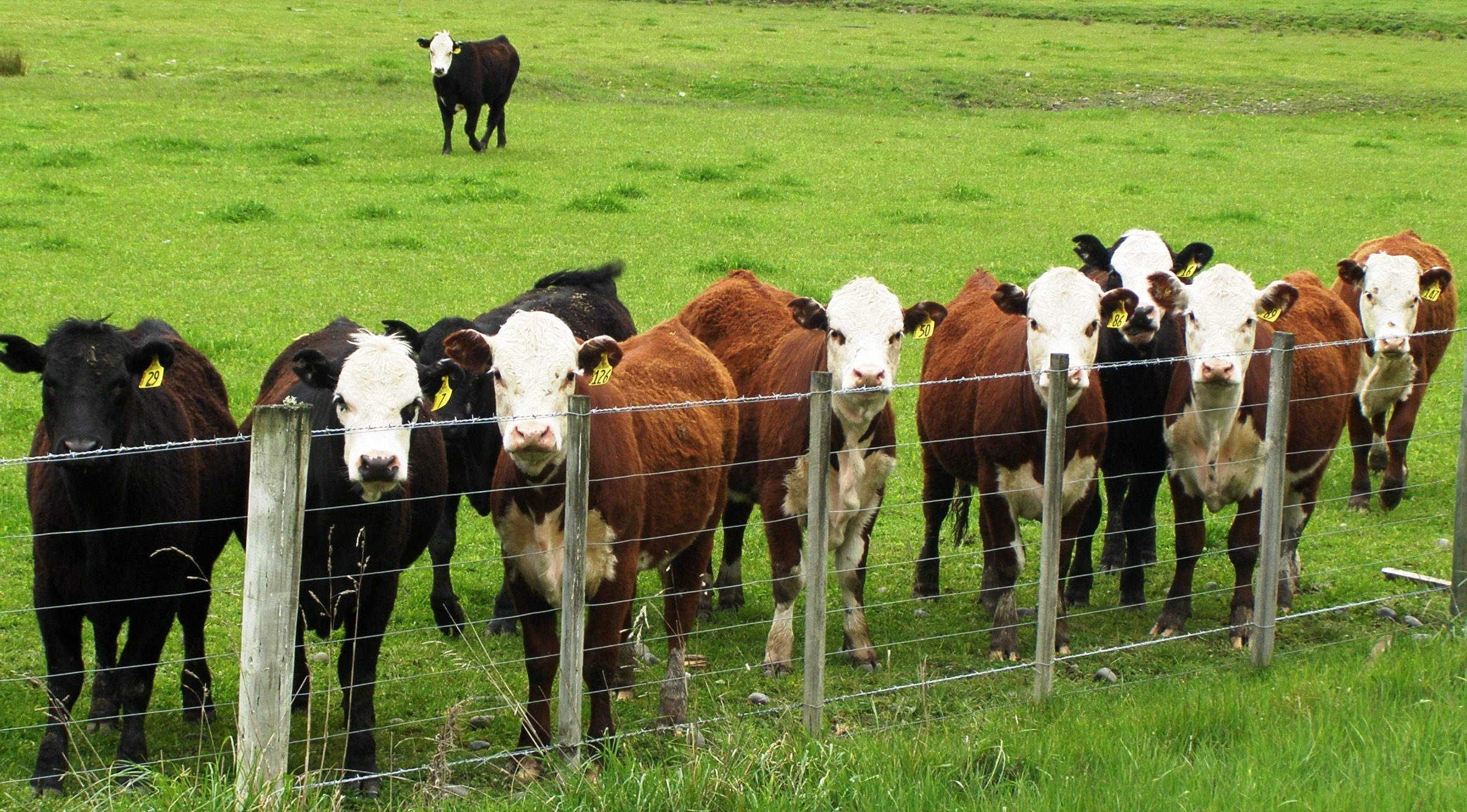Several years ago I designed a day trading system for the stock indexes based on the following assumptions:1) Bulls favor an orderly, steady march higher. This can be seen in a. Smaller daily ranges as the market climbs. b. Declining volatility. (less daily variance). c. Declining put/call ratio. (less desire to purchase downside insurance)
As this story builds, complacency shifts to greed. Bulls are less likely to buy put options for fear of giving up top end growth. The television's pundits tell us why "This bull is different." John Doe investor feels secure enough to enter individual positions directly. The rising tide of the market begins to float all issues.
2) Bears are waiting for Achilles to bare his heal. Wide ranges and exceptional volatility create mass confusion. This can be seen in a) Large daily ranges as the swings from positive to severely negative. b) Expanding volatility. (large daily variance) Think, back to back 300 point Dow ranges ending roughly unchanged. c) Rising put/call ratio. (strong willingness to protect what equity is left)
As this story deteriorates, open interest in put options begins to rise. Investors try to protect their equity through the purchase of put options as the market declines. These purchases are made in an increasingly volatile market and are marked up with heavy premiums (Louisiana hurricane insurance). Ultimately, panic sets in and we get some kind of flush where equities are dumped, investors head to the sidelines and put options are purchased in a rush. This creates the common "spike" bottom. A single day's events can create the reversal necessary to set the bull/bear cycle in motion again.
For more on the development of this program see here.http://www.commodityandderivativeadv.com/andyftp/dcb%20dt%20article%20for%20web.doc
The interest in today's article comes from the wide range of data now available to us. I've spent some time analyzing the option data governed by the Options Price Reporting Authority (OPRA). Finally, I can track open interest on index options as well as volume. I was interested to find out which component was more important; volume or, open interest. Is daily activity a better predictor of market direction or, am I better off tracking the number of participants?
Volume simply tells me how many contracts were traded that day. I've used short term exponential averages to track the general flow of activity for years. I've never been able to quantify the number of players involved in creating the volume. Tracking open interest would allow me to determine the degree of greed or fear in the market. The higher the option open interest, the greater the anticipation of big event.
Would this data be a better predictor than volume? As it turned out, the volume generated by panic, combined with the direction of the market's volatility was still the single one, two indicator of future short-term stock market direction. The correlation between open interest and market direction was random, at best.
Frequently, very frequently, the process of analysis bears very little tangible proof. Seemingly logical and fundamental truths of market behavior produce no better than random results when subjected to the rigors of quantifiable testing methodologies. Thus, a robust system in place for several years has withstood another attempt at, "improvement."




